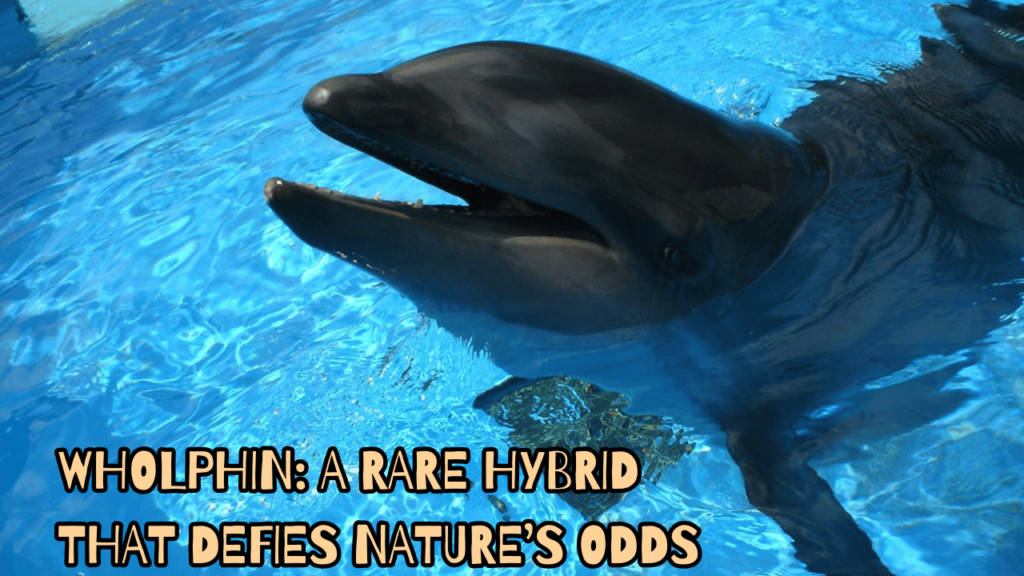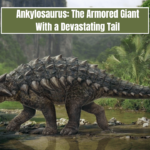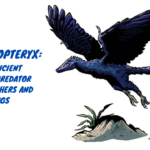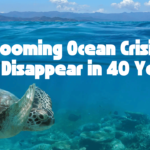Nature is full of wonders, but few phenomena are as fascinating as the wholphin. This extraordinary hybrid, born from the union of a bottlenose dolphin and a false killer whale, defies biological odds and captures the imagination of scientists and wildlife enthusiasts alike.
In this article, we’ll dive deep into the world of the wholphin, exploring its origins, unique characteristics, and the implications of its existence for biodiversity and conservation efforts.
What Is a Wholphin?
The wholphin is a hybrid marine mammal resulting from the mating of a female bottlenose dolphin (Tursiops truncatus) and a male false killer whale (Pseudorca crassidens).
Although rare, these hybrids have been documented in both wild and captive environments.
Key Characteristics of the Wholphin
- Physical Traits: Wholphins share physical features from both parent species. They are generally smaller than false killer whales but larger than bottlenose dolphins. Their coloration is a unique blend of the dark gray of false killer whales and the lighter gray of bottlenose dolphins.
- Behavioral Traits: Wholphins display behaviors typical of both parent species, including complex vocalizations and high intelligence.
- Reproductive Viability: Unlike many hybrids, wholphins are fertile, further piquing scientific interest.
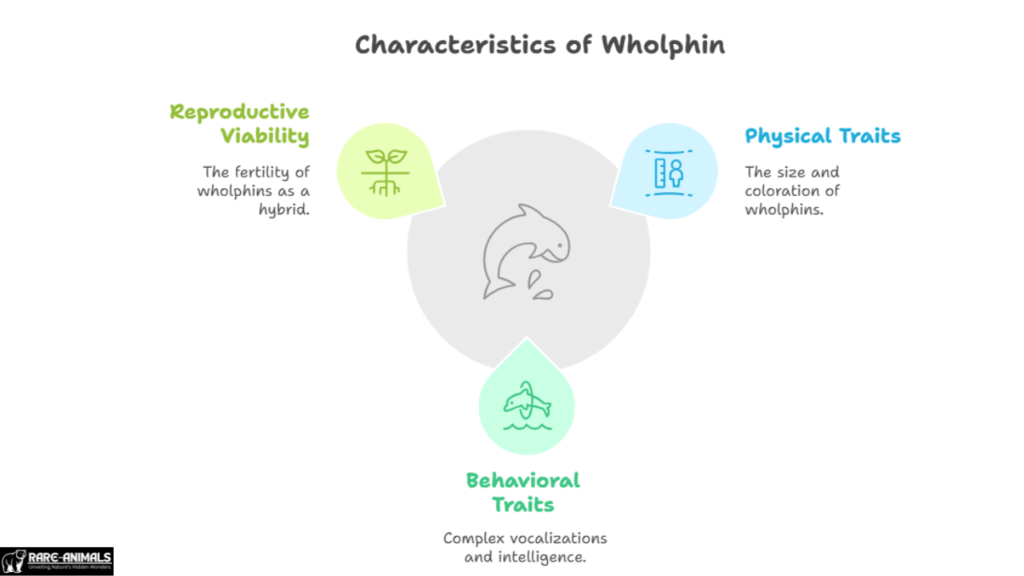
The Science Behind Hybridization
Hybridization in the animal kingdom occurs when two different species breed to produce offspring. While this is relatively common in plants and some bird species, it is rare among marine mammals.
Why Do Wholphins Form?
Several factors contribute to hybridization:
- Shared Habitat: Bottlenose dolphins and false killer whales often share overlapping territories in tropical and subtropical waters.
- Genetic Compatibility: Despite being distinct species, their genetic makeup allows for successful reproduction.
- Behavioral Interactions: Both species are social and intelligent, making cross-species interaction more likely.
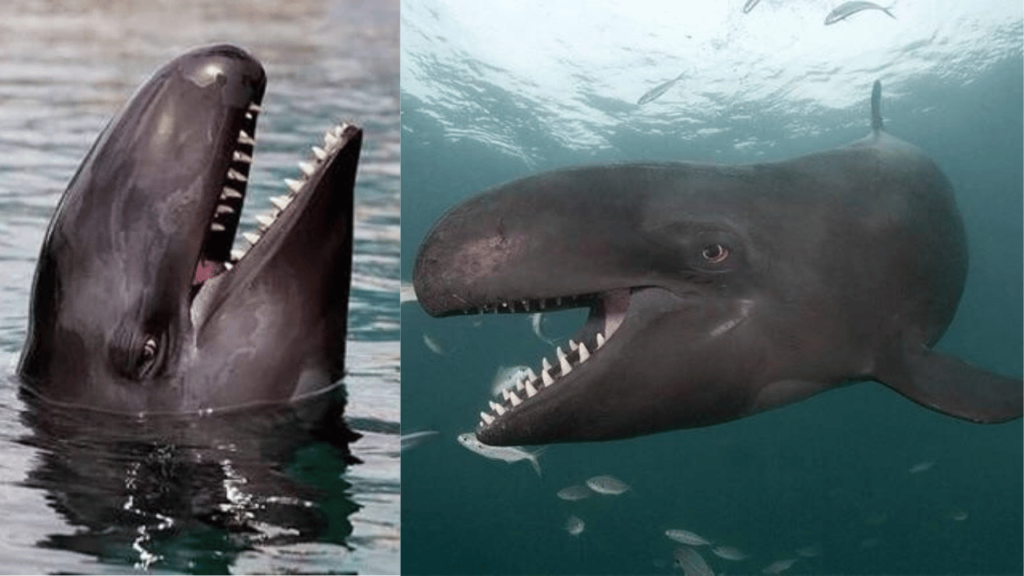
Challenges of Hybridization
While hybrids like the wholphin may seem like nature’s marvels, they often face challenges:
- Survival Rates: Hybrids can inherit vulnerabilities from both parents, such as susceptibility to diseases.
- Genetic Fitness: Hybrid offspring may struggle with ecological pressures due to mixed traits.
Notable Wholphin Cases
Captive Wholphins
The most famous wholphin, Kekaimalu, was born at Sea Life Park in Hawaii in 1985. She exhibited a mix of physical and behavioral traits from her parent species and even gave birth to offspring, proving the fertility of this hybrid.
Wild Observations
While rare, wholphins have also been observed in the wild. Reports from marine biologists confirm sightings in regions where bottlenose dolphins and false killer whales coexist.
The Role of Wholphins in Conservation and Research
Insights into Marine Mammal Genetics
Studying wholphins provides valuable insights into the genetic compatibility and evolutionary relationships between marine mammals. This research can help scientists understand speciation and hybridization processes better.
Raising Awareness for Marine Conservation
The existence of hybrids like the wholphin highlights the interconnectedness of marine ecosystems. Their rarity underscores the importance of protecting the habitats where such species thrive.
Ethical Considerations
Captive breeding of hybrids raises ethical questions. While it offers research opportunities, it also poses concerns about animal welfare and ecological impact.
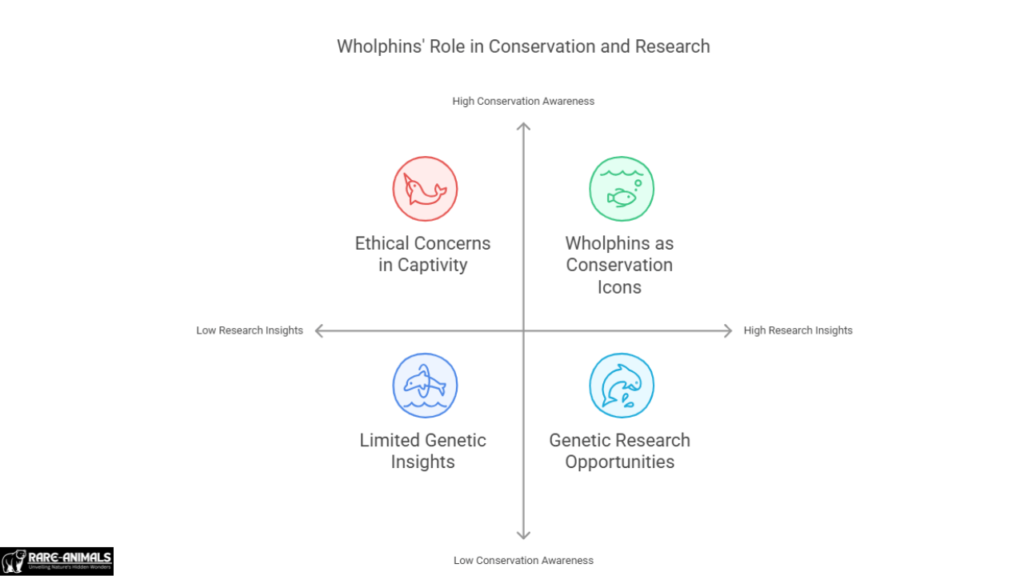
FAQs
Are Wholphins Endangered?
Wholphins are not classified as a species and therefore do not have an official conservation status. However, their parent species face threats from habitat loss, pollution, and climate change, which indirectly affect hybrid populations.
Can Wholphins Reproduce?
Yes, wholphins are fertile, a rare trait among hybrids. They can mate with either parent species or other hybrids, producing viable offspring.
Where Can You See a Wholphin?
Captive wholphins like Kekaimalu have been displayed in marine parks. However, sightings in the wild are rare and unpredictable.
Conclusion
The wholphin stands as a testament to the wonders of nature and the intricate relationships within marine ecosystems. While their rarity makes them a subject of fascination, it also reminds us of the delicate balance of our oceans.
By protecting marine habitats and studying hybrids like the wholphin, we can deepen our understanding of biodiversity and work towards a more sustainable future.
Join the conversation about marine conservation! Share this article with fellow nature enthusiasts, and consider supporting organizations dedicated to preserving our oceans and the incredible species within them.

Alveena is an experienced content writer with a knack for crafting engaging and insightful pieces. She thrives on breaking down complex ideas and presenting them as clear, captivating content that resonates with readers.

